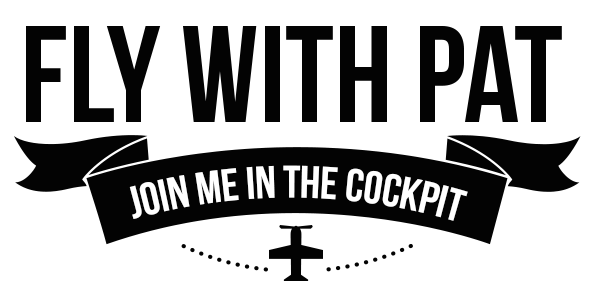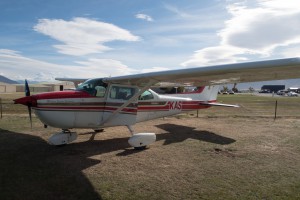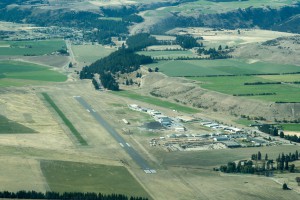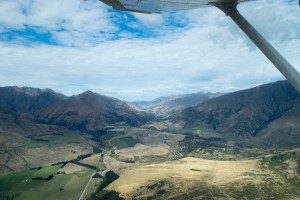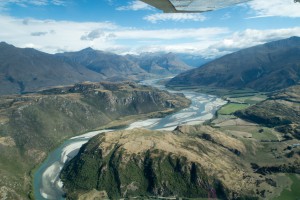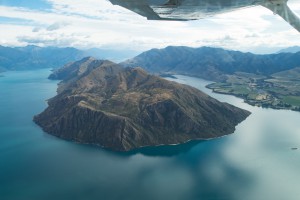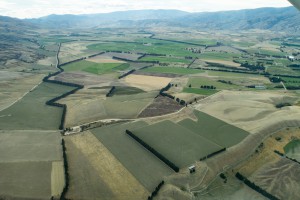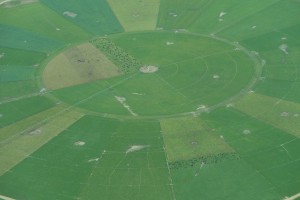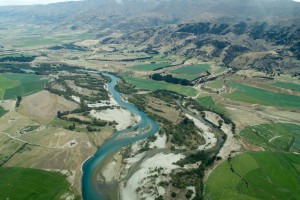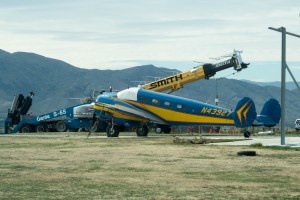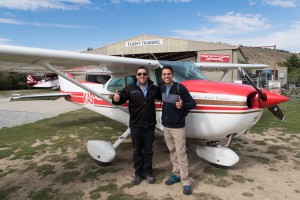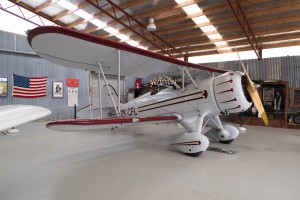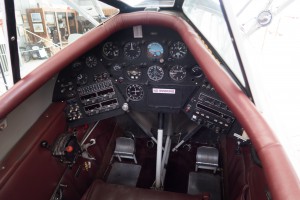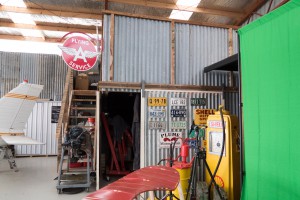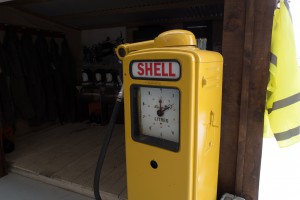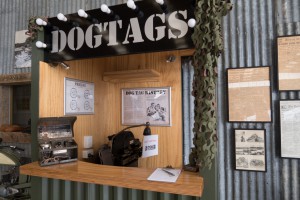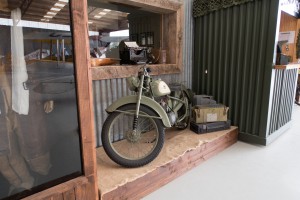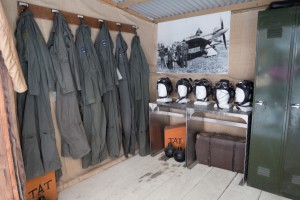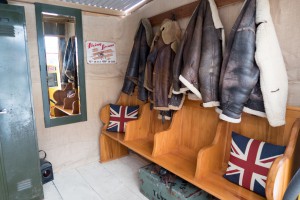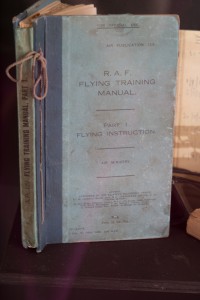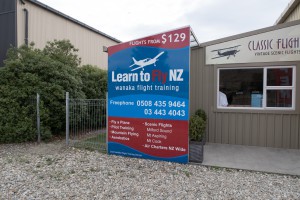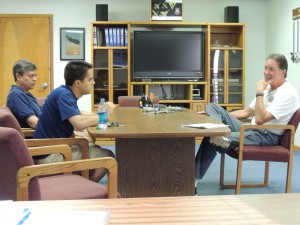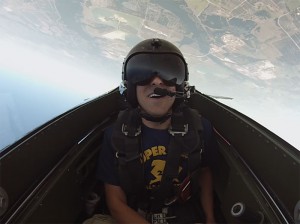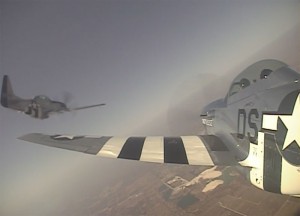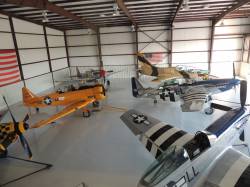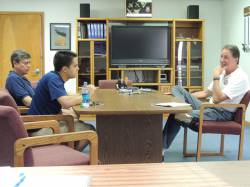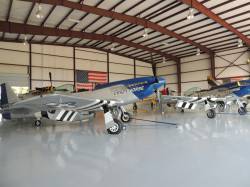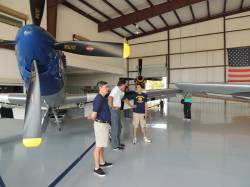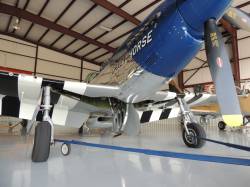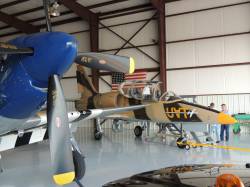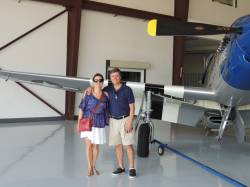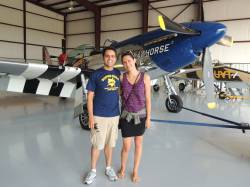Kia ora! I recently returned from a two week vacation on the south island of New Zealand. While planning the trip I came across several tour operators flying a myriad of small aircraft. The problem with traditional tours was that they weren’t designed for getting stick time. In addition to that they all charged per person and not simply per hobb hour which made them very expensive. Since this was my honeymoon I decided it wouldn’t be a smart move to leave my wife all alone in a field while I gallivant across the Kiwi skies.
Fast forward to day 3 in country and my wife suggests I do more googling. I decided this time to look for flight schools and not tour operators. After a quick search I hit the jackpot. Learn to Fly NZ is a family run flying school based at Wanaka Airport about an hour from Queenstown. They run a fantastic operation with a fleet of aircraft that is any pilot’s dream. When I visited they had two Tiger Moths, a Waco YMF, a Citabria, a Cherokee, and of course a few 172’s. After a quick phone call I learned that they also cater to visiting pilots who want to log time on their vacations. So I went ahead and booked a 172.
We walked into the school and quickly met up with our CFI for the day Ash. Ash had just landed with another visiting pilot in the 172. I got the impression that they do these kinds of flights all day. Originally our plan was to fly from Wanaka to Milford Sound. If we left the general area of Wanaka we risked running into serious turbulence across the mountains. It really wasn’t a big deal for us, as long as I got to log some time in country I would consider the mission complete. No matter where you are in New Zealand you are surrounded by beautiful landscapes and Wanaka is no exception. The wife was plenty happy sitting in the back seat taking pictures while I flew left seat.
We took of from the tarmac runway and headed over to Lake Wanaka. The views in this area are fantastic. The airport is surrounded by large hills and rivers. We flew along the shore of Lake Wanaka for a bit and then headed over to Lake Hawea. It was here that Ash showed me how you can see the wind patterns in the water. About half of the lake looked very calm but the other half showed disturbance from the air above. As soon as we cross into this area we started hitting the bumps. Prior to this the plane was flying practically hands off. Not wanting to lose our recent lunch we elected to turn back and head towards the field. We had already logged almost an hour at this point.
I had mentioned to Ash that I actually never landed on grass before. That is what happens when all of your flying takes place at big runway airports with towers and all of that nonsense. He suggested we land on the grass runway adjacent to the tarmac runway. Our approach to landing was about as standard as you can get using full 40 degrees of flaps on this N model 172. I managed to put it on without much bounce and kept the yoke full aft. My first grass landing can be considered a success. Ash mentioned how many of his students have never landed on tarmac before training at Wanaka. It is a reminder how different all of our training can be even though we may all hold the same pilot certificate. For example I know very little about mountain flying but your average pilot from Colorado sure knows a few things.
After landing and taxing back we met the owner and chief flight instructor Peter. Peter had just come back from visiting an EAA chapter in Washington. Judging by his planes alone you can tell Peter is the real deal. His Waco is the only one in New Zealand. He purchased it from the states and had it put in a shipping container to get down there. That is some serious dedication to aviation!
Overall I can say flying in New Zealand was a major highlight of our honeymoon. I highly recommend Learn to Fly NZ if you are in the area, they run a tight ship and most of all are friendly people.
